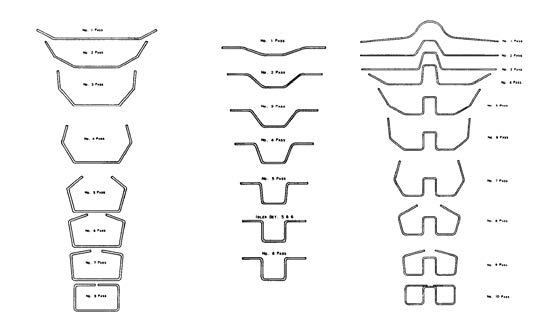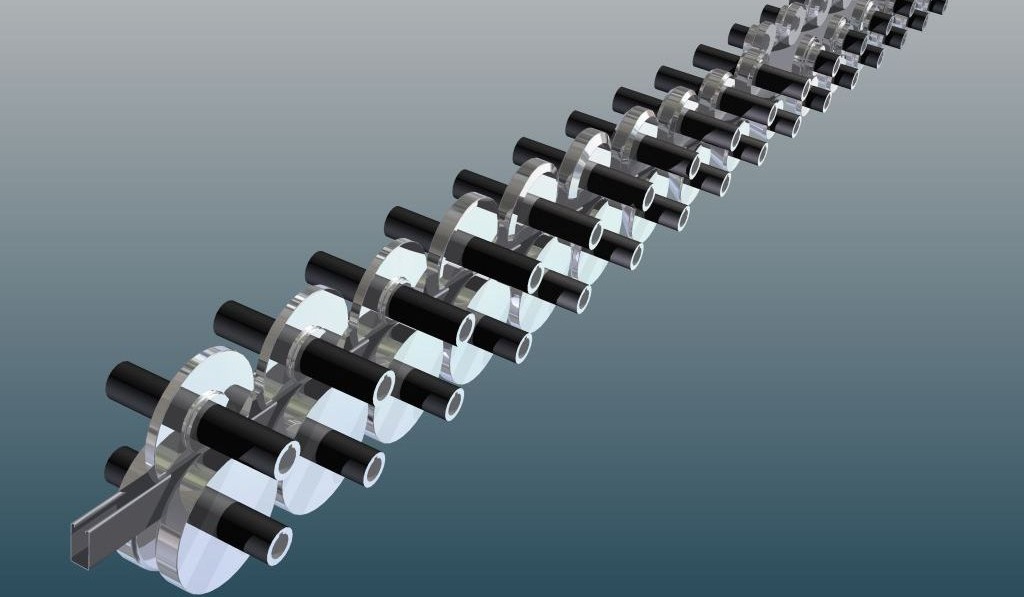The selection of the number of driven roll stages depends on the configuration of the shape to be rolled, qualified to some degree by the characteristics of the material and the machine. Tool designing for roll forming is not an exact science. There are no definite rules that apply to a large variety of shapes. However, in this post, we'll explain how to determine, in a general sense, the right number of forming stations for your line to help you understand roll tooling design.
How Many Forming Stations Is Enough?
Generally speaking, it can be said the number of roll stages needed to form a given shape will increase with depth or height of section, with the number of bends and with increases in metal thickness. Moreover, the number of stages might decrease to some extent with an increase in the horizontal center distance between rolls, or with an increase in roll pitch diameter.
Take any shape to a roll designer and quiz him as to the number of passes it requires. Applying what I will call the “Seat of the Pants Theory”, more likely than not he will look out the window, look at the ceiling, scratch his head, put a couple of lines on paper and thus come up with an answer.
There is another theory that relates the overall forming length to the height of sections of a 40 to 1 ratio. Another that relates center distance between roll stands to metal movement around the arc of bend and in turn to the resulting strain along the strip edge. Still another relates roll diameter, transition or roll contact distance, metal movement around the arc of bend and again, the resulting edge strain. Common to all is the basic premise that the metal cannot be unduly stretched in its progression from the flat to the finished part.
Visualizing Forming Progression
Each of these theories, there may be more, have some logical basis. Each has its place in the scheme of things; but none tell the whole story. The engineer must be able to visualize the shape the metal will take at each stage. Or, in other words, visualizing the forming progression is termed a “flower” layout, as shown in the diagram below.

Furthermore, in the subsequent diagram below this paragraph, the leftmost figure shows the progression (“flower”) of a typical “C” section, involving pure bending in all stages; the center figure, the flower for a “hat” section, where both bending and drawing are considered. The cross-section of the rightmost figure also illustrates the combination of drawing and bending. It points up too, the demand for drawing metal into and forming, the center tongue before work on the edges is started.




